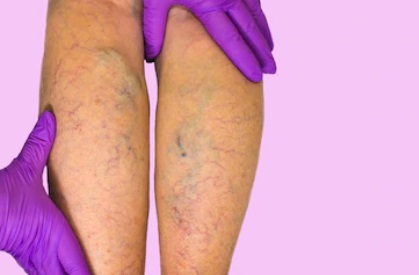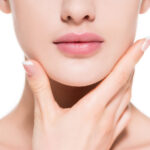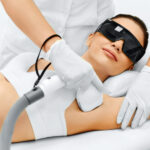Varicose Veins and Spider Vein – Main Differences and Ways to Remove
Varicose veins and spider veins are blood vessel problems that are usually seen as twisted and swollen veins on the legs. Aside from the unsightly appearance, the treatment of varicose veins is necessary because it may lead to serious vein issues.
Can these blood vessel problems be treated?
Varicose is a form of varix (plural varices) that refers to a dilated vessel with a twisted or tortuous course. They can form in different parts of the body.
The ones that occur in the superficial veins of the legs are called varicose veins. If they form in the scrotum, they are called varicocele. The varicosities around the anus are known as hemorrhoids.
Available treatments for varicose veins include sclerotherapy, laser therapies, radiofrequency ablation, and vein surgery (ligation and stripping).
How about spider veins? Are they the same? Can both be treated with the same procedure? We are here to answer the most commonly-asked questions about spider veins and varicose veins, so continue reading below.

What are the main differences between varicose veins and spider veins?
Varicose veins and spider veins are both abnormally enlarged vessels, but the latter is considerably smaller and does not bulge out like varicose veins.
Spider veins, medically known as telangiectasia, are usually red and resemble the appearance of tree branches or spider webs. You may also form spider veins or thread veins on the face.
On the other hand, varicose veins can be red, bluish, or skin-colored. Larger varicosities make the skin bulge out due to the overfilling of pooled blood. The twisted, dilated veins may appear ropelike with or without concomitant pain.
However, if it starts to feel uncomfortable or if you notice other signs and symptoms, you need to have it checked by a specialist.
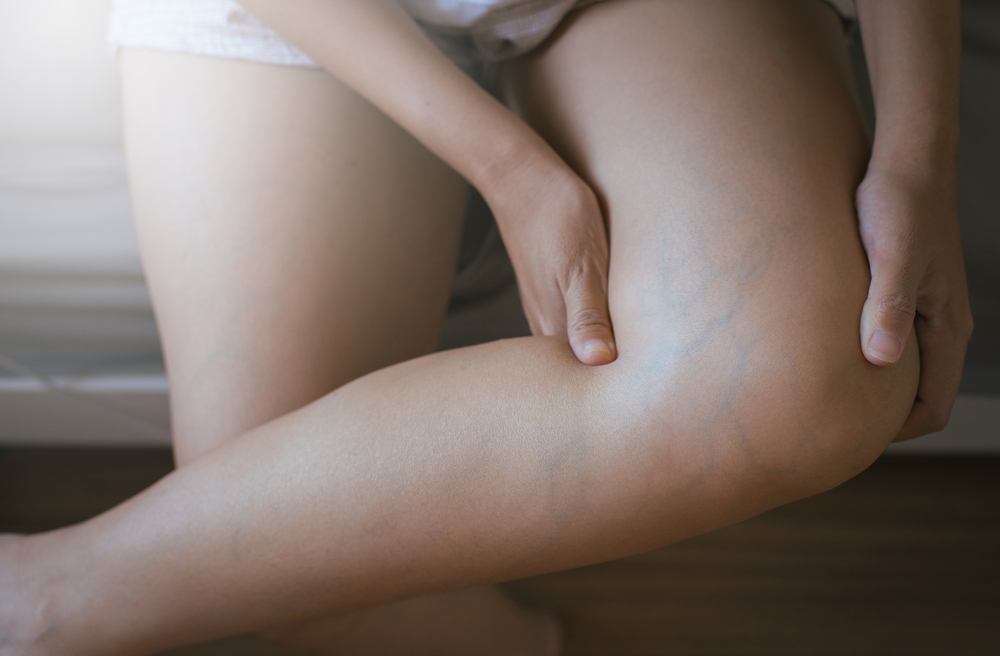
What causes varicose veins and spider veins?
The most common cause of varicose and spider veins is malfunctioning valves in the leg veins. Normally, our veins contain valves that control the flow of blood, ensuring that it runs in one direction.
Sometimes the valves get damaged, resulting in reverse flow of blood and pooling of blood in the legs. The increased pressure may weaken the walls of the vein, causing it to enlarge.
If you have varicose veins, you may also experience the following symptoms:
- Heavy and crampy legs
- A burning or throbbing sensation in the legs
- White, scar-like patches on the skin
- Dryness and itchiness over the skin of the affected vein
- Swelling at the ankles, especially at night
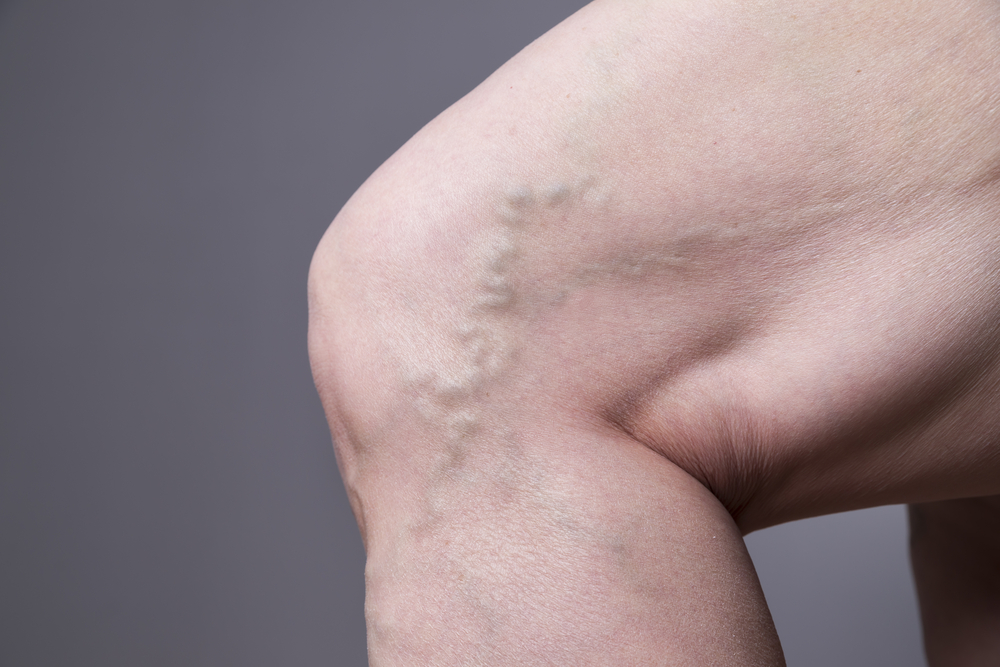
Factors that can increase your risk of having varicose veins and spider veins:
Both men and women may develop varicose veins, but women are more commonly affected than men. Your risk of developing these conditions may also increase if you:
- Have a family history of varicosities. The disorder runs in the family. More than half of women with varicose veins have a parent with the disorder.
- Have a sedentary lifestyle. Prolonged sitting or standing makes it harder for your veins to pump blood.
- Are pregnant. As your womb grows, it puts pressure on your veins. This weakens your blood vessels that may lead to enlarged veins.
- Are using hormonal contraceptives or hormone therapy (HT) for menopause. The female hormone estrogen can weaken the valves of the veins. Estrogen is often added to birth control methods and menopausal hormone therapy.
- Have an underlying medical condition that causes damage to valves. Weakness in the leg muscles can damage the valves, as well as blood clots and scarring.
Treatment of Varicose Veins and Spider Veins
Painful ulcers, bleeding, and blood clots are some of the effects of varicose veins. Although not all varicose veins require treatment, it may lead to serious complications, particularly if the deeper leg veins are involved.
If the appearance of your varicose veins and spider veins bother you, or if they have accompanying symptoms, you need to consult a medical professional. They can come up with a treatment plan that suits you.
Varicose veins may be treated conservatively with the use of compression stockings, lifestyle modifications, topical gels, and anti-inflammatory medications. If these fail to alleviate symptoms, you may try non-surgical procedures that work well as surgery.
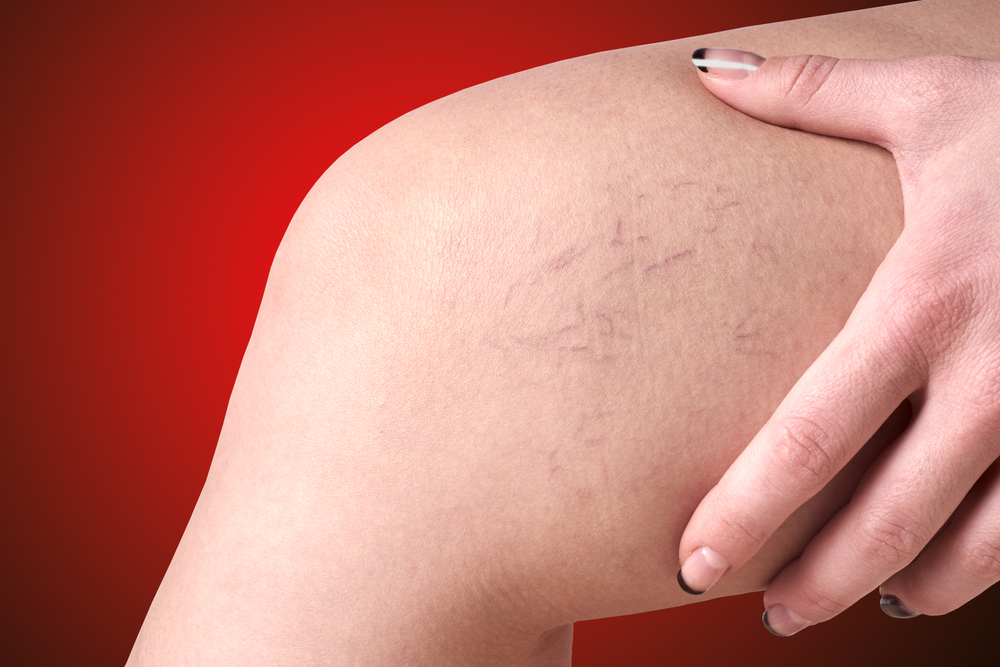
Minimally invasive treatments for varicose veins and spider veins:
Sclerotherapy – is the most common nonsurgical treatment for both spider veins and varicose veins. It involves the injection of a chemical solution (sclerosant) that shrinks veins, causing them to stick together until they seal shut and blood flow stops.
Over time, the vein will turn into scar tissue. Serious complications from sclerotherapy are not common, but they may include allergic reactions, swelling, and blood clots.
Laser therapy – a laser vein removal involves the use of light energy that selectively destroys abnormal veins. The process is quick and has a shorter recovery time. Laser treatment does not require needles or a sclerosing agent. However, not all patients will respond well to the procedure.
Is Vein Surgery Effective?
Surgical treatment for varicose veins includes ligation and stripping. The procedure takes about an hour or so and you are allowed to go home within the same day. The damaged veins are removed through a small incision in the skin.
The downside of the procedure is the long recovery period. Full recovery after ligation with stripping takes about 2-4 weeks. While vein surgery is a highly effective procedure, some patients reported recurrence after surgery.
Recurrence of varicose veins may happen if your condition is progressive. The closed vein may also recanalize (open again) or form new blood vessels while they are healing.
Latest News
- August 25, 2021
- August 25, 2021
- July 21, 2021
- July 20, 2021
- June 21, 2021
